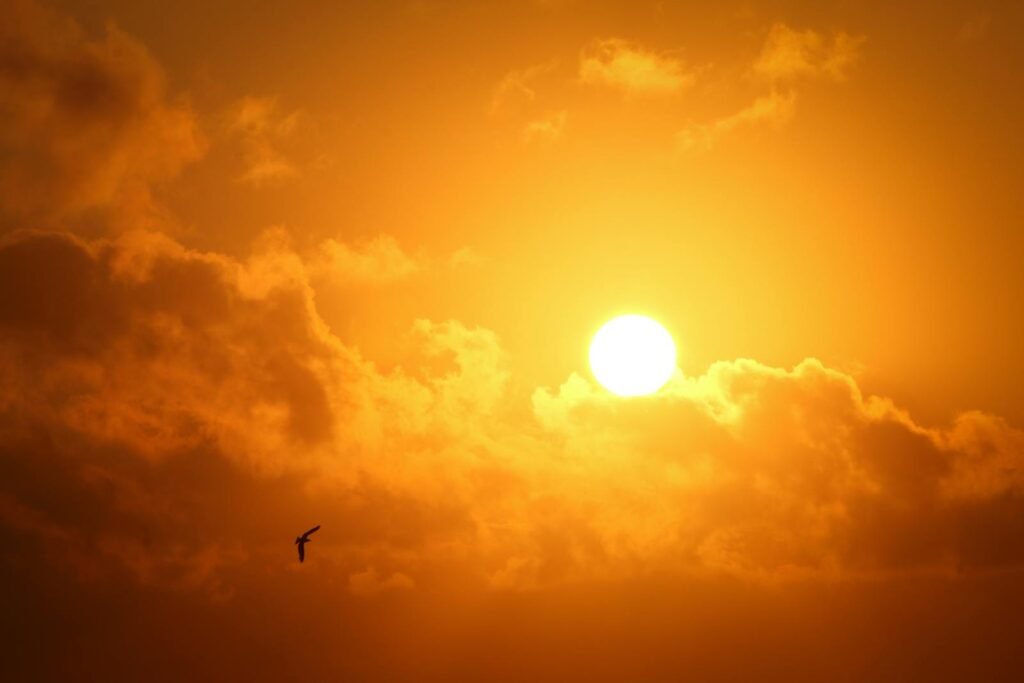First it creeps in as a heavy stillness, the kind that makes sidewalks shimmer and tree leaves hang like wet cloth. Then the thermometer climbs day after day, nights refuse to cool, and the air itself feels trapped. That suffocating pattern has a name now lodged in our vocabulary: a heat dome. Scientists have studied the mechanics for years, but its danger has become painfully clear as communities face record-breaking temperatures in places that once called themselves temperate. Understanding how heat domes form – and what they do to people, infrastructure, and ecosystems – is fast becoming essential knowledge, not just for meteorologists but for anyone planning the week ahead.
The Hidden Clues

If you want to spot a heat dome early, stop watching the thermometer and start watching the sky’s behavior. When the jet stream slackens and loops, it can park a sprawling high-pressure system over a region like a lid on a pot, sealing in heat. Forecasters scan for sinking air that dries out clouds, relentless sunshine that bakes soil, and a stubborn lack of wind to sweep anything away. I still remember stepping outside during one such event and feeling heat pool in the driveway long after sunset, a sign the ground had become a thermal battery. Those are the telltale clues: bright, cloudless days; unusually warm nights; and a forecast that repeats itself with unsettling certainty.
Anatomy of a Heat Dome
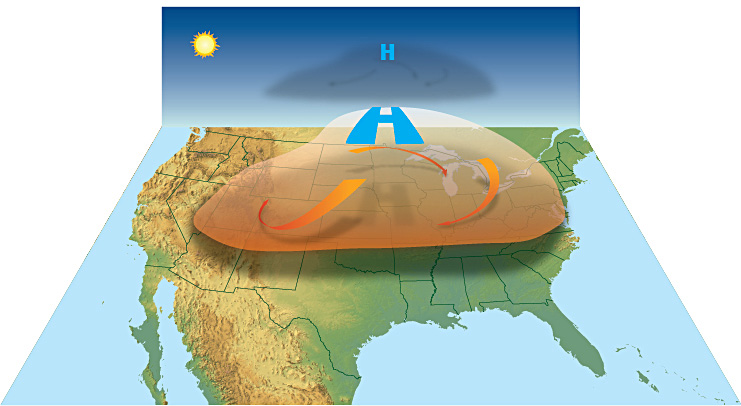
At the core is high pressure, a towering atmospheric ridge that pushes air downward. As air sinks, it compresses and warms, a simple bit of physics that becomes punishing when it persists for a week or more. The clear skies that come with high pressure allow relentless solar heating by day, while dry, stagnant air reduces the convective mixing that might otherwise shuffle cooler air into the mix. If soils are already parched, less energy goes into evaporating water and more goes directly into heating the air – a feedback loop that supercharges afternoons. Add in a nearby marine heatwave piping warm, humid air inland, and the dome strengthens, creating a self-reinforcing heat engine over cities and countryside alike.
From Ancient Tools to Modern Science
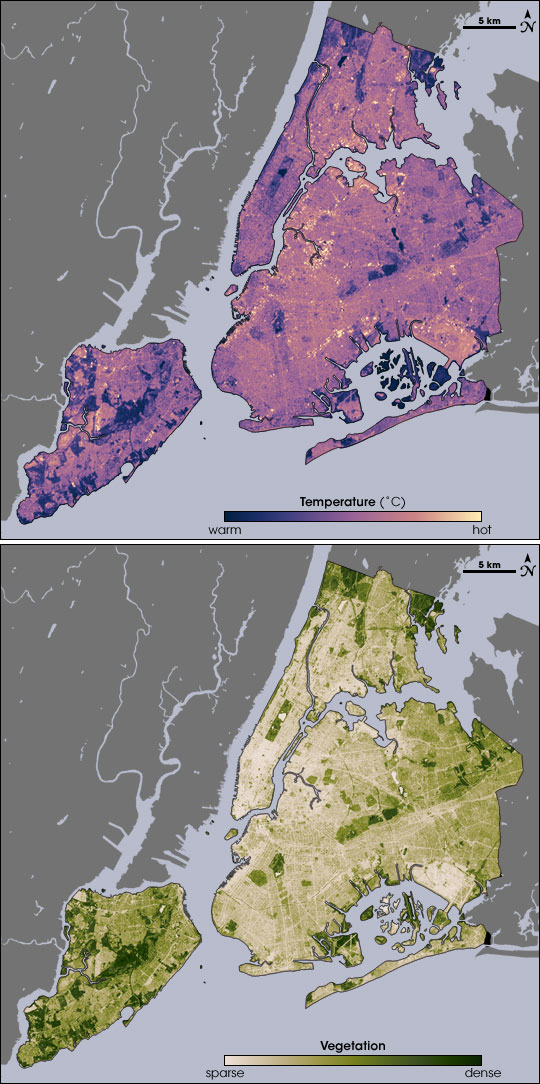
People have read the language of weather for millennia, from shadow sticks to wind vanes, but heat domes reveal how far forecasting has come. Satellites track land-surface temperatures and soil moisture, teasing out where the ground has shifted from sponge to skillet. Weather balloons climb through the atmosphere to map the warm layers aloft that betray subsidence, while reanalysis datasets stitch together decades of observations into a living archive. Numerical weather models now resolve blocking highs with greater precision, showing how a ridge can stall for days as if anchored in place. It’s a leap from watching clouds on the horizon to diagnosing the entire three-dimensional orchestra of the atmosphere.
Why the Weather Gets Stuck
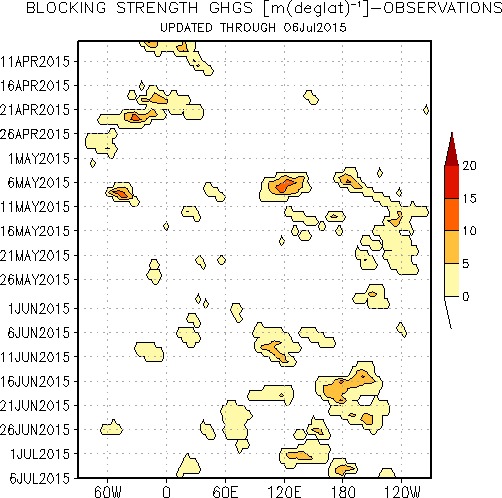
The culprit is often a meandering jet stream that allows planetary-scale waves to amplify and then lock. When those waves stall, a ridge sits in one place and a trough elsewhere, creating persistent extremes: heat on one side, storms on the other. Researchers are investigating how background warming, declining spring snow cover, and oceanic hotspots can nudge these waves toward slower, stickier patterns. The result is not just hotter days but longer sequences of them, the kind that transform discomfort into danger. In practical terms, a stuck pattern means no relief – no sea breeze pushing inland, no cold front barging through – just a dome that holds, day after grinding day.
Why It Matters
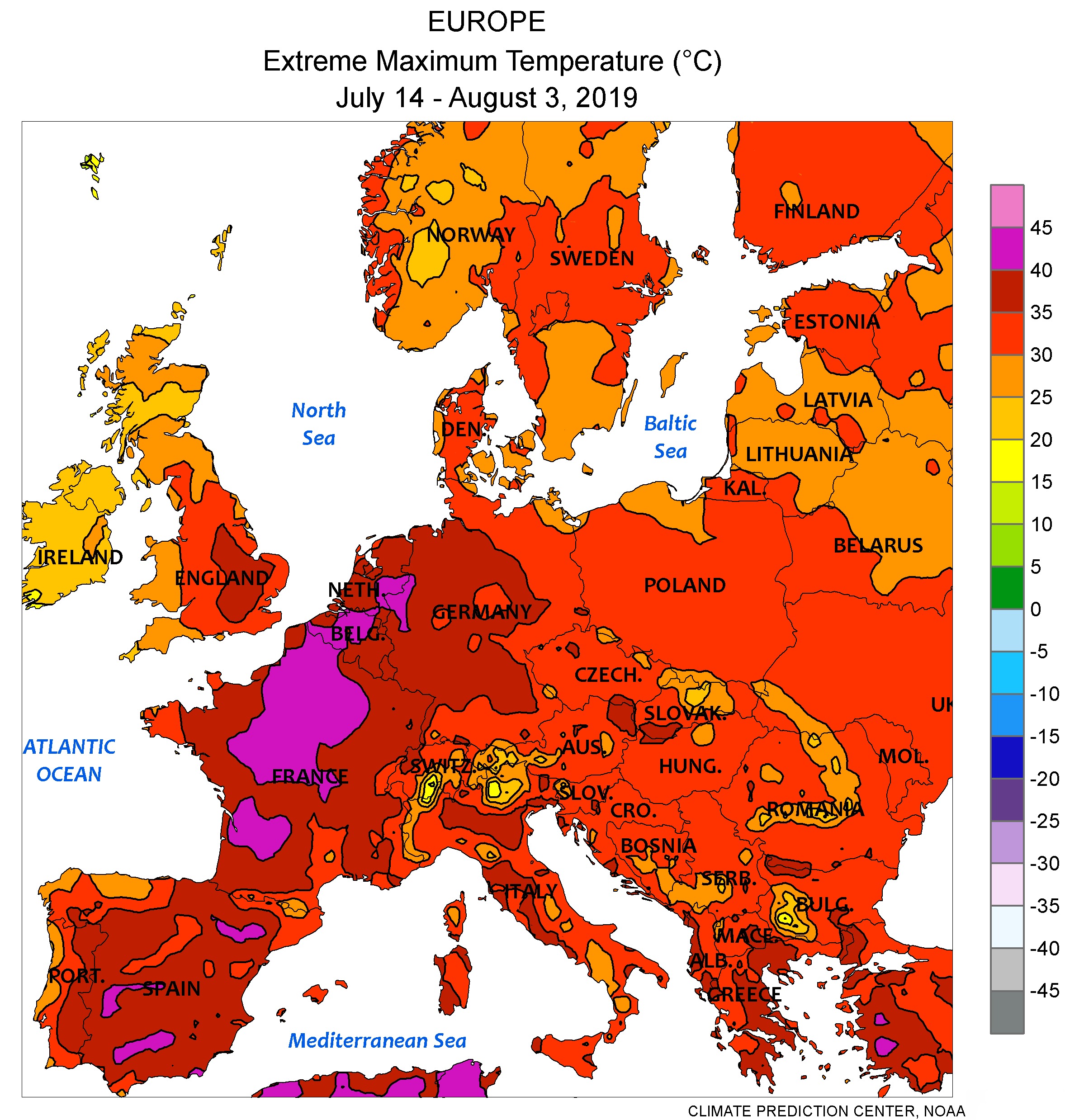
Heat domes matter because they convert abstract climate change into immediate, bodily risk. They push daytime highs to records, but the real threat often hides at night when temperatures stay elevated and the body can’t recover. Urban heat islands amplify the effect as dark roofs and asphalt store heat, and vulnerable neighbors – outdoor workers, older adults, families without air conditioning – carry the heaviest burden. Hospitals see spikes in heat illness, power grids strain under huge cooling demand, and crops can fail as pollen becomes sterile in prolonged heat. In a world where the baseline is warmer, heat domes start on third base and sprint for home.
- Nighttime warmth during heat domes often stays unusually high, reducing recovery and increasing health risks.
- Power demand can climb sharply, raising the chance of brownouts during peak heat.
- Dry soils and stressed vegetation can boost wildfire risk at the dome’s edges.
- Infrastructure – roads, rails, and runways – can buckle, warp, or soften in extended heat.
Global Perspectives

Heat domes do not respect borders, and recent years have shown them flaring across continents within the same season. Regions with typically mild summers – northwestern North America, parts of northern Europe, and high-latitude cities – have discovered their buildings and public services were not designed for ferocious heat. Meanwhile, densely populated areas in South Asia and the Middle East face a different ceiling: humid heat that pushes toward dangerous wet-bulb thresholds, where sweating no longer cools the body. Agricultural belts from the Mediterranean to the U.S. Midwest have watched flowering windows shrink and irrigation budgets swell under prolonged heat. The picture is not uniform, but the lesson is: wherever you live, your local version of a heat dome can find you.
The Human Toll and Unequal Burdens
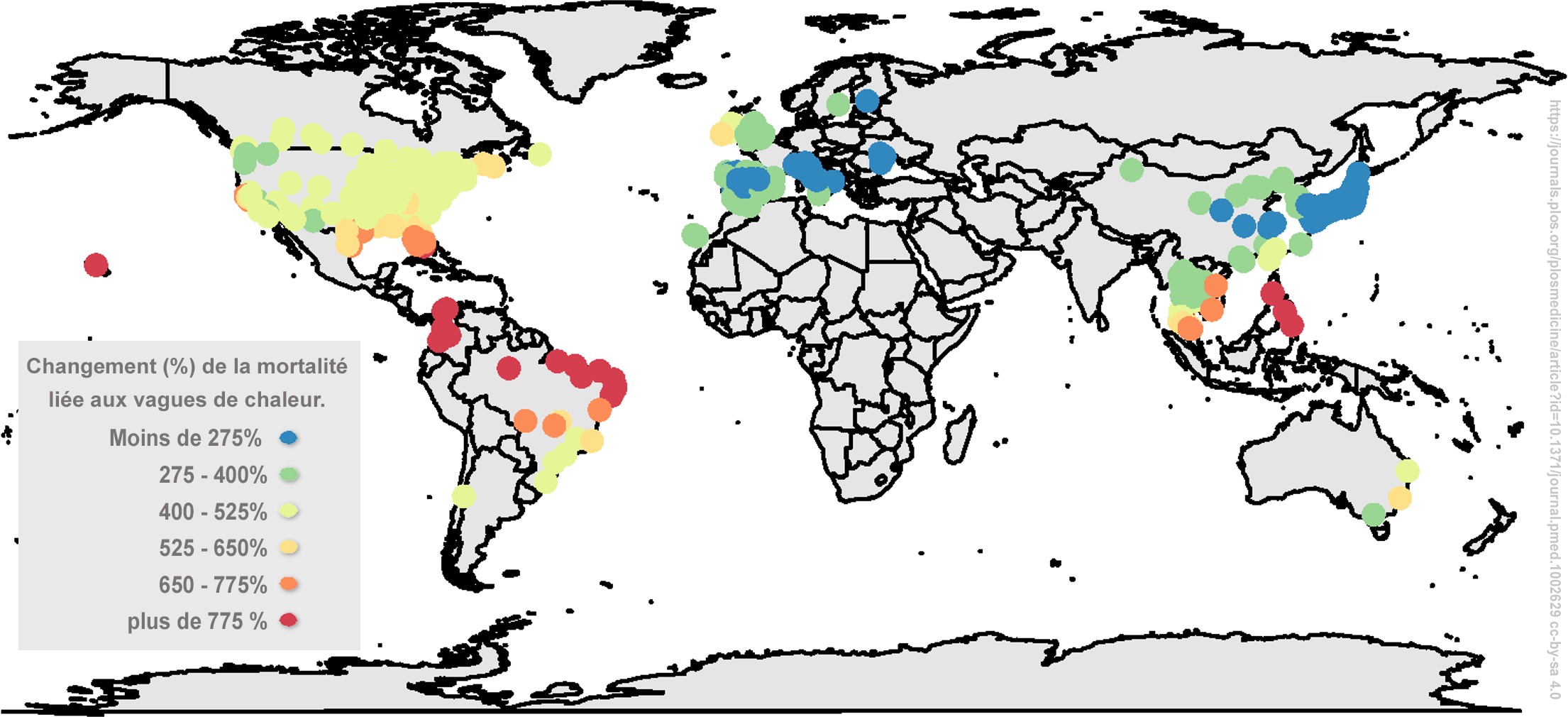
Heat is a quiet killer, and heat domes amplify the silence. Unlike floods or hurricanes, there’s no headline-grabbing wall of water or wind; the harm accumulates in apartments with stuck windows, construction sites at noon, and delivery routes with no shade. Cities with less tree canopy and more pavement experience hotter neighborhoods only a few blocks apart, translating into stark health differences. Outdoor laborers, people who take certain medications, and those living in older buildings with poor ventilation all face steeper odds. The equity gap in heat exposure is not a footnote – it is the defining line between resilience and risk during a dome.
The Future Landscape
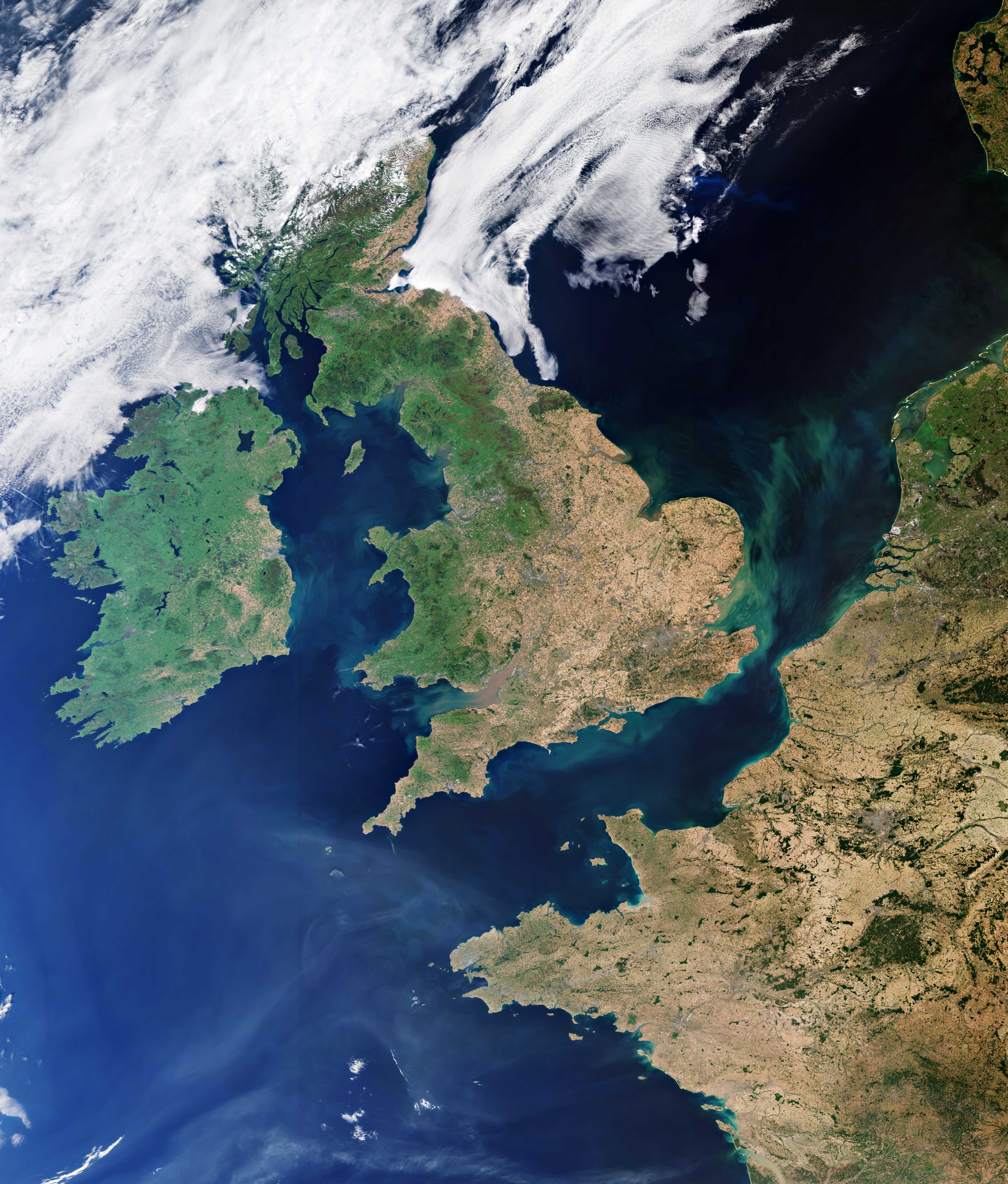
Looking ahead, the combination of a warmer baseline climate, expanding urban areas, and increasingly frequent marine heatwaves points to stronger, longer-lived heat domes. Forecast models are improving lead times, giving cities more days to open cooling centers, adjust work hours, and stage grid resources. Materials science is pushing cool roofs, reflective pavements, and heat-resilient rails from pilot projects into city codes, while urban planners weave shade corridors and tree canopies into transit routes. Public health strategies are shifting toward targeted alerts that reach the most at-risk residents with plain, actionable guidance. The challenge is scale: to move proven solutions from a handful of neighborhoods to entire regions before the next dome arrives.
What You Can Do Next
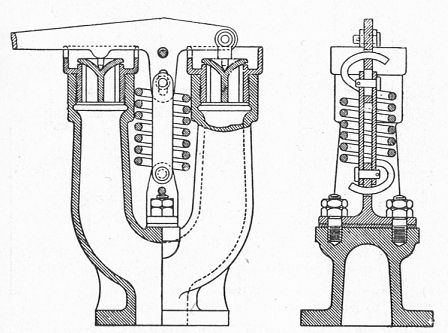
Preparation starts at the home and block level, and the best time to act is before the forecast turns red. Create a personal heat plan that identifies the coolest room in your home, checks your fans and filters, and lists neighbors who might need a call. Talk to your employer about flexible hours on extreme heat days, and support local efforts to expand shade, drinking water access, and community cooling centers. Advocate for cool roofing on schools, reflective bus shelters, and more street trees in the hottest neighborhoods – small changes that pay off every summer. And when a heat dome appears in the forecast, shift routines, check on others, and treat heat like the serious hazard it is.

Suhail Ahmed is a passionate digital professional and nature enthusiast with over 8 years of experience in content strategy, SEO, web development, and digital operations. Alongside his freelance journey, Suhail actively contributes to nature and wildlife platforms like Discover Wildlife, where he channels his curiosity for the planet into engaging, educational storytelling.
With a strong background in managing digital ecosystems — from ecommerce stores and WordPress websites to social media and automation — Suhail merges technical precision with creative insight. His content reflects a rare balance: SEO-friendly yet deeply human, data-informed yet emotionally resonant.
Driven by a love for discovery and storytelling, Suhail believes in using digital platforms to amplify causes that matter — especially those protecting Earth’s biodiversity and inspiring sustainable living. Whether he’s managing online projects or crafting wildlife content, his goal remains the same: to inform, inspire, and leave a positive digital footprint.


